Home>Home Appliances>Bathroom Appliances>Why Does My Hair Dryer Keep Tripping The Breaker
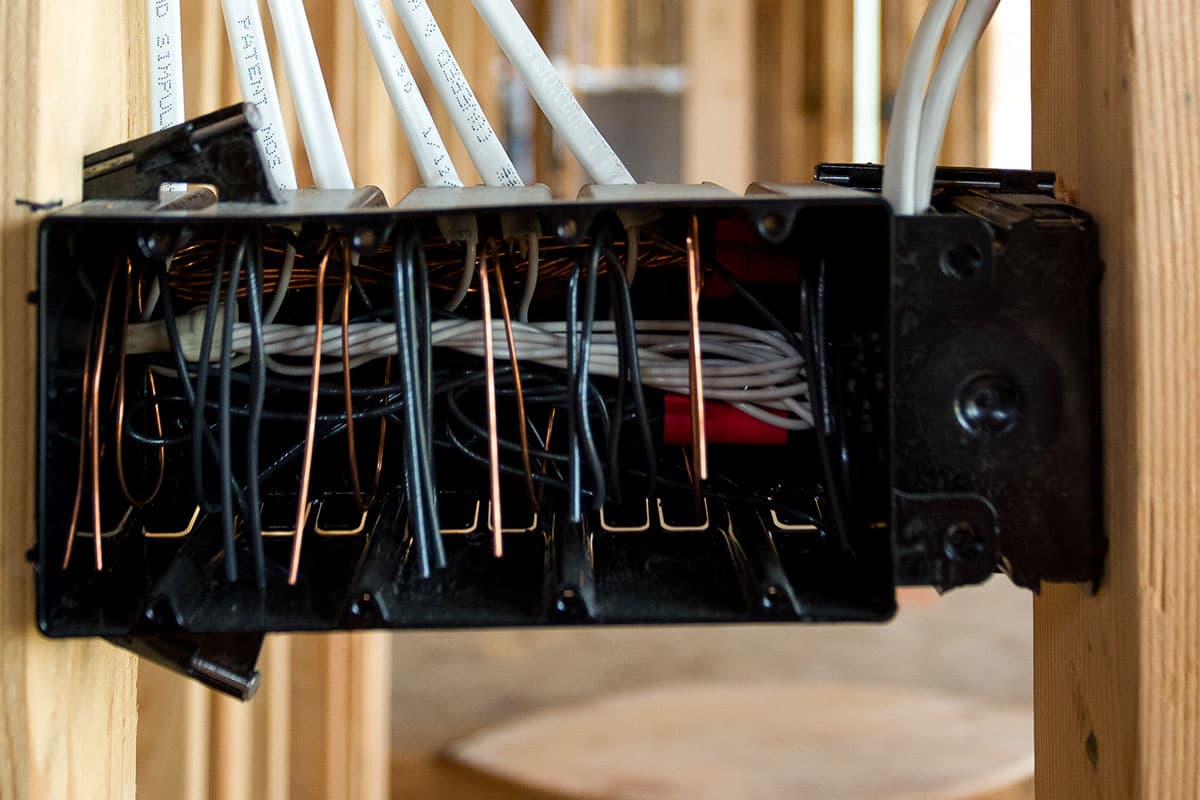

Bathroom Appliances
Why Does My Hair Dryer Keep Tripping The Breaker
Modified: October 20, 2024
Discover the reasons why your hair dryer keeps tripping the breaker and learn how to troubleshoot bathroom appliances effectively. Keep your bathroom safe and functional.
(Many of the links in this article redirect to a specific reviewed product. Your purchase of these products through affiliate links helps to generate commission for Storables.com, at no extra cost. Learn more)
Introduction
Welcome to the world of hair dryers, where the convenience of quick-drying hair meets the frustration of a tripping breaker. If you've found yourself repeatedly resetting the breaker switch while attempting to use your hair dryer, you're not alone. This common occurrence can be a source of annoyance and confusion for many individuals. However, fear not, as we're here to unravel the mystery behind why your hair dryer keeps tripping the breaker.
In this comprehensive guide, we'll delve into the intricacies of hair dryer circuits, electrical overload, and potential faults within the appliance itself. By understanding the underlying causes of this issue, you'll be equipped to troubleshoot and resolve the problem with confidence. So, let's embark on a journey to demystify the perplexing world of hair dryer-induced breaker trips.
Key Takeaways:
- Hair dryers can trip breakers due to electrical overload from high power consumption. Unplugging other devices on the same circuit and upgrading home wiring can prevent this frustrating issue.
- A faulty hair dryer with damaged cords or internal malfunctions can also cause breaker trips. Regular maintenance and prompt replacement can ensure safe and uninterrupted hairstyling sessions.
Read more: Why Does My AC Breaker Keep Tripping
Understanding the Hair Dryer Circuit
Before delving into the specific reasons why your hair dryer may be causing your breaker to trip, it's essential to grasp the fundamentals of the appliance's electrical circuit. A typical hair dryer is designed to operate on a 120-volt circuit, which is the standard voltage for most household outlets in the United States. This circuit comprises a hot wire, a neutral wire, and a ground wire, all of which play integral roles in the functioning of the hair dryer.
When you plug your hair dryer into an outlet, the hot wire carries the electrical current from the outlet to the heating element within the dryer. This heating element, often made of coiled wire or ceramic materials, generates the heat necessary to dry your hair efficiently. Meanwhile, the neutral wire completes the circuit by providing a return path for the electrical current, ultimately allowing it to flow back to the electrical panel. Simultaneously, the ground wire serves as a safety measure, providing a path for excess electrical current to safely dissipate in the event of a fault or malfunction.
It’s important to note that hair dryers are high-wattage appliances, typically drawing between 1200 to 1875 watts of power during operation. This substantial power consumption places a considerable load on the electrical circuit, making it susceptible to various issues that can lead to breaker trips. By comprehending the intricacies of the hair dryer circuit, you’ll be better equipped to identify and address potential issues that may be causing the breaker to trip repeatedly.
Electrical Overload
One of the primary culprits behind a hair dryer repeatedly tripping the breaker is electrical overload. Electrical overload occurs when the total power drawn by the devices connected to a circuit surpasses the circuit’s maximum capacity, leading to an imbalance and subsequent tripping of the breaker. In the case of a hair dryer, the high wattage it consumes can easily tip the scale toward an electrical overload, especially if other devices are also drawing power from the same circuit simultaneously.
When you turn on your hair dryer, it initiates a substantial power draw to fuel the heating element and fan motor. This sudden surge in power consumption can push the circuit to its limits, triggering the breaker to trip as a protective measure. Additionally, if your home’s electrical wiring is aging or inadequate for handling high-wattage appliances, it can exacerbate the likelihood of electrical overload and subsequent breaker trips.
To mitigate the risk of electrical overload caused by your hair dryer, consider the following steps:
- Unplug other high-wattage devices on the same circuit when using the hair dryer to reduce the overall power draw.
- Ensure that the outlet you’re using is dedicated to the hair dryer and not shared with other power-hungry appliances.
- Upgrade the electrical wiring in your home to accommodate the power demands of modern appliances, minimizing the risk of overload.
By being mindful of the potential for electrical overload and implementing these proactive measures, you can significantly reduce the likelihood of your hair dryer causing the breaker to trip, allowing for uninterrupted hairstyling sessions without the frustration of repeated power interruptions.
Make sure your hair dryer is not plugged into a circuit with other high-powered devices. If it keeps tripping the breaker, try using it in a different outlet on its own circuit.
Faulty Hair Dryer
Another common cause of a hair dryer tripping the breaker is a faulty appliance. Over time, hair dryers can develop internal issues that compromise their electrical integrity, leading to erratic behavior and potentially causing breaker trips. It’s crucial to recognize the signs of a faulty hair dryer to address the issue effectively and ensure safe operation.
One prevalent issue that can contribute to breaker trips is a short circuit within the hair dryer. A short circuit occurs when the hot wire and neutral wire come into direct contact, bypassing the intended electrical pathway and creating a surge of current. This sudden influx of current can overwhelm the circuit, prompting the breaker to trip to prevent potential damage or hazards.
Additionally, damaged or frayed power cords can pose a significant risk, potentially leading to electrical faults and breaker trips. If the insulation on the power cord is compromised, it can expose the internal wires, increasing the likelihood of a short circuit or electrical arcing, both of which can trigger the breaker to trip as a safety precaution.
Furthermore, internal component malfunctions, such as a faulty heating element or motor, can cause irregular power consumption, leading to breaker trips. If the heating element draws an excessive amount of power due to a malfunction, it can overwhelm the circuit and prompt the breaker to trip to prevent potential hazards, such as overheating or electrical fires.
To address potential issues with a faulty hair dryer and mitigate the risk of breaker trips, consider the following steps:
- Regularly inspect the power cord for any signs of damage, such as fraying or exposed wires, and replace the cord if necessary.
- Have a qualified technician examine the internal components of the hair dryer for any signs of malfunction or damage, addressing any issues promptly to ensure safe and reliable operation.
- If the hair dryer exhibits persistent issues despite maintenance and inspections, consider replacing the appliance to prevent potential electrical hazards and breaker trips.
By being vigilant about the condition of your hair dryer and promptly addressing any signs of malfunction or damage, you can minimize the likelihood of the appliance causing the breaker to trip, ensuring a safe and hassle-free hairstyling experience.
Overloaded Circuit
An overloaded circuit can significantly contribute to the frustration of a hair dryer repeatedly tripping the breaker. Understanding the dynamics of circuit overloading and its implications is crucial in addressing this common issue effectively.
When multiple high-wattage appliances are connected to a single circuit, the cumulative power draw can surpass the circuit’s capacity, leading to an overloaded condition. In the context of a hair dryer, if it shares a circuit with other power-hungry devices such as space heaters, air conditioners, or high-wattage lighting, the combined power consumption can exceed the circuit’s limits, prompting the breaker to trip as a protective measure.
Furthermore, older homes with outdated electrical systems may feature circuits that are not adequately equipped to handle the power demands of modern appliances, increasing the susceptibility to overloading and subsequent breaker trips. In such cases, the wiring and circuitry may not meet the standards necessary to safely accommodate the power requirements of high-wattage devices like hair dryers.
To address the potential for an overloaded circuit causing your hair dryer to trip the breaker, consider implementing the following measures:
- Identify the outlets and circuits used for powering high-wattage appliances and ensure that they are not overloaded with multiple devices simultaneously.
- Consider redistributing the appliances in your home to balance the power draw across different circuits, reducing the likelihood of overloading any single circuit.
- Consult a qualified electrician to assess the capacity of your home’s electrical system and determine if upgrades or modifications are necessary to accommodate the power demands of modern appliances.
By taking proactive steps to manage the distribution of power-hungry devices and ensuring that your home’s electrical infrastructure is capable of supporting high-wattage appliances, you can minimize the risk of an overloaded circuit causing your hair dryer to trip the breaker, fostering a more reliable and uninterrupted hairstyling experience.
Conclusion
As we conclude our exploration of the perplexing phenomenon of hair dryers tripping breakers, it’s evident that several factors can contribute to this frustrating occurrence. From electrical overload and faulty appliances to overloaded circuits, understanding the intricacies of these potential issues is essential in effectively troubleshooting and resolving the problem.
By comprehending the electrical dynamics of hair dryer circuits and the implications of electrical overload, individuals can adopt proactive measures to minimize the likelihood of breaker trips during hairstyling sessions. Whether it involves redistributing power-hungry devices across different circuits, upgrading aging electrical systems, or being vigilant about the condition of the hair dryer itself, there are various strategies to mitigate the risk of repeated breaker trips.
Furthermore, recognizing the signs of a faulty hair dryer, such as damaged power cords or internal component malfunctions, empowers individuals to address potential issues promptly, ensuring safe and reliable operation of the appliance. Regular maintenance and inspections play a pivotal role in preventing electrical faults that can lead to breaker trips, fostering a secure hairstyling environment.
Ultimately, the quest to unravel the mystery of hair dryer-induced breaker trips underscores the importance of electrical safety and awareness. By equipping oneself with knowledge about the electrical intricacies of household appliances and circuits, individuals can navigate potential challenges with confidence and ensure a seamless hairstyling experience without the inconvenience of power interruptions.
As you embark on your journey to troubleshoot and resolve the issue of a hair dryer tripping the breaker, may this guide serve as a valuable resource, empowering you to address the problem effectively and cultivate a safe and reliable environment for your hairstyling endeavors.
Frequently Asked Questions about Why Does My Hair Dryer Keep Tripping The Breaker
Was this page helpful?
At Storables.com, we guarantee accurate and reliable information. Our content, validated by Expert Board Contributors, is crafted following stringent Editorial Policies. We're committed to providing you with well-researched, expert-backed insights for all your informational needs.
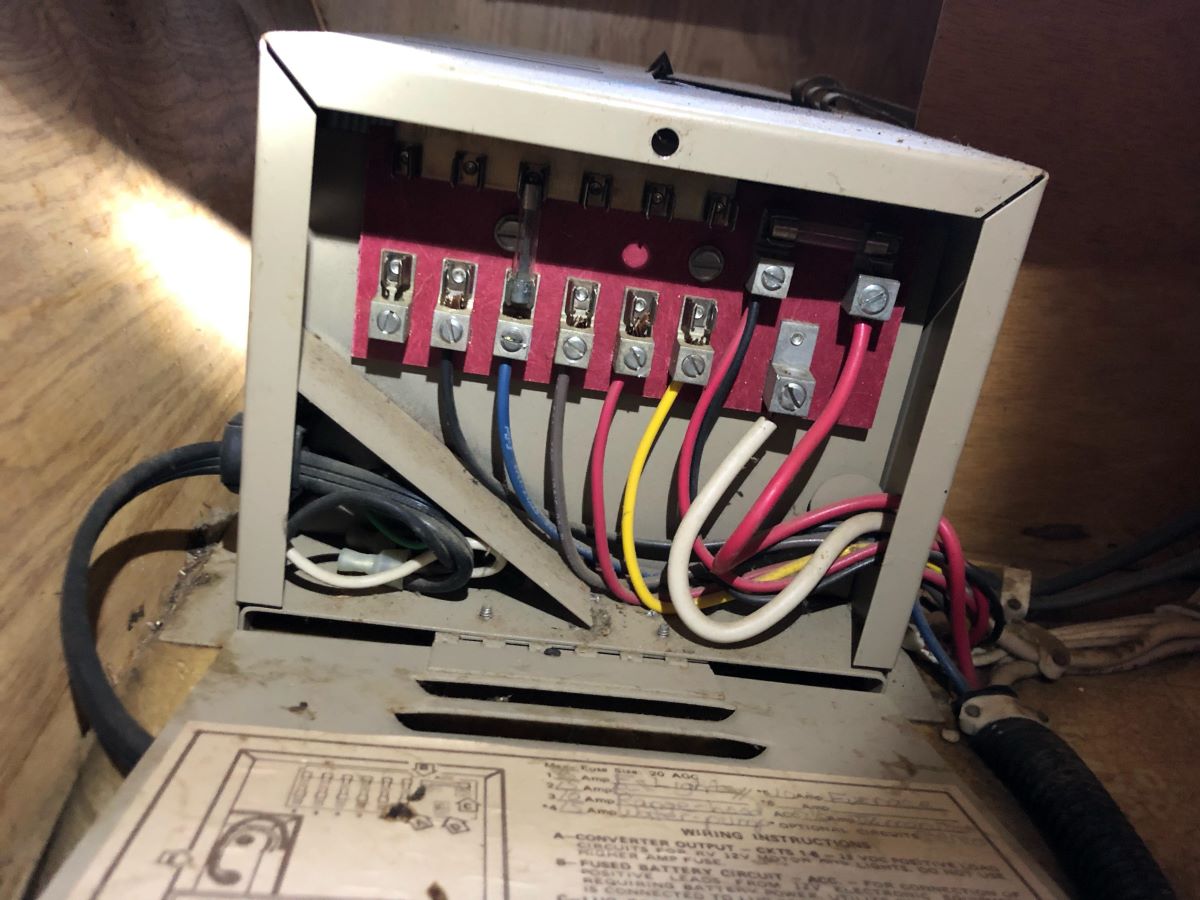
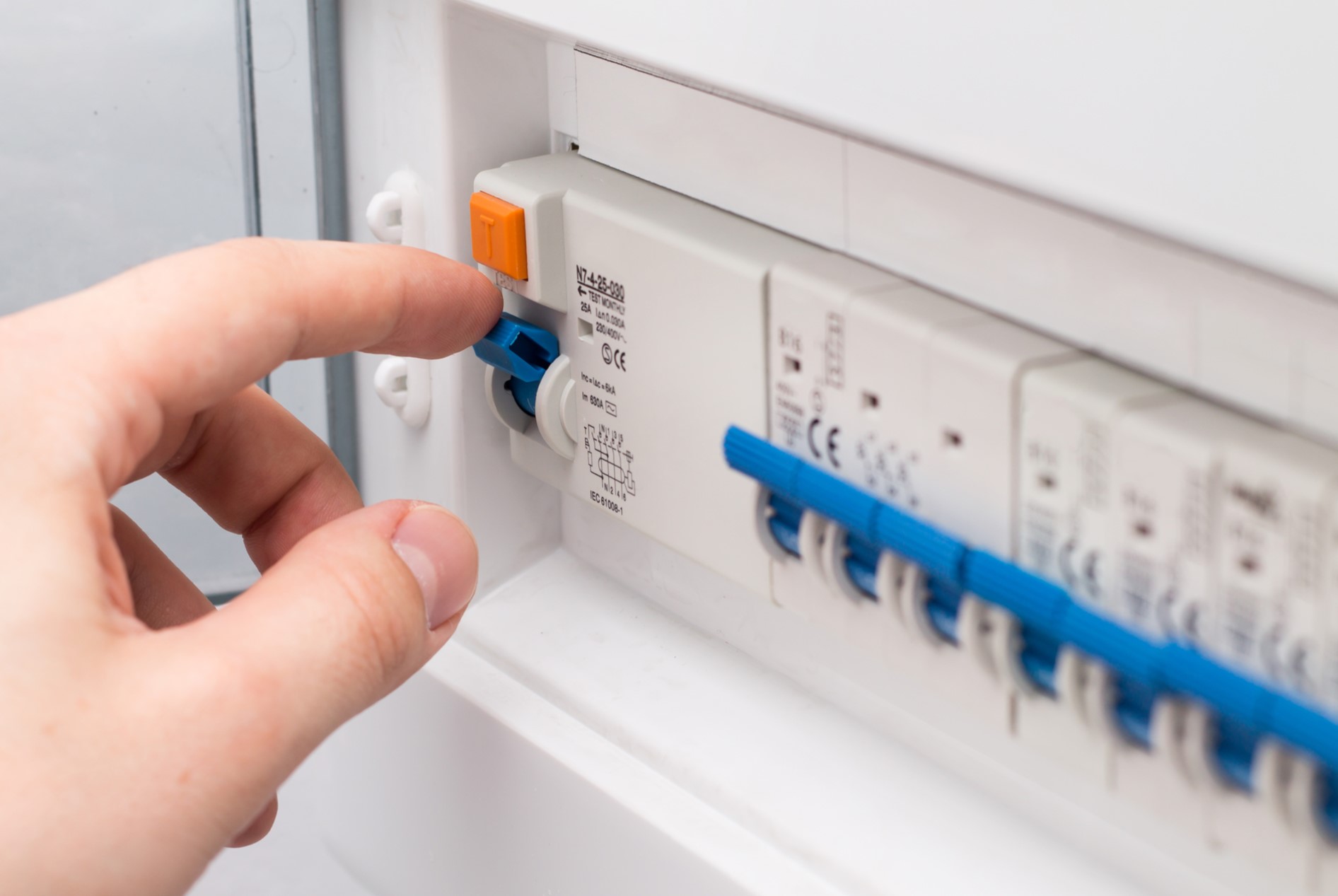
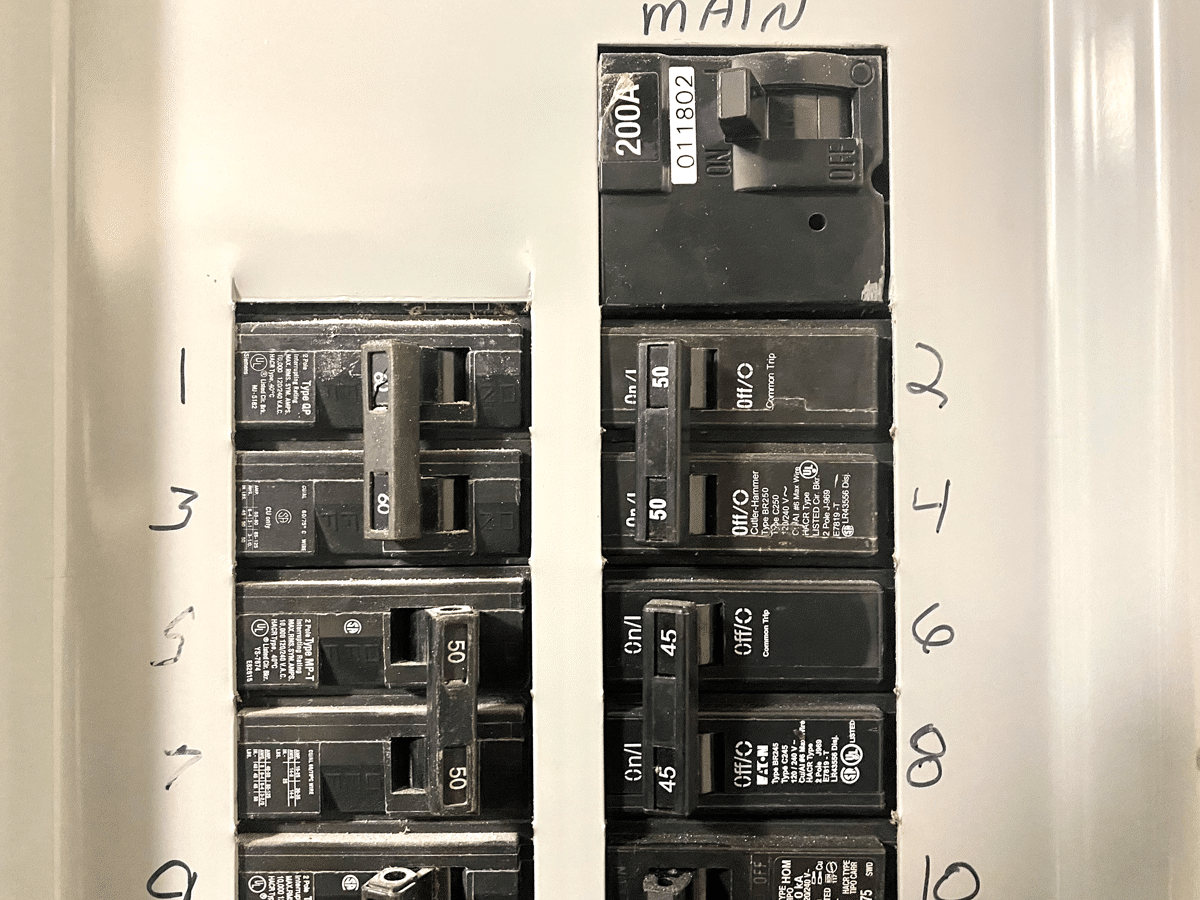
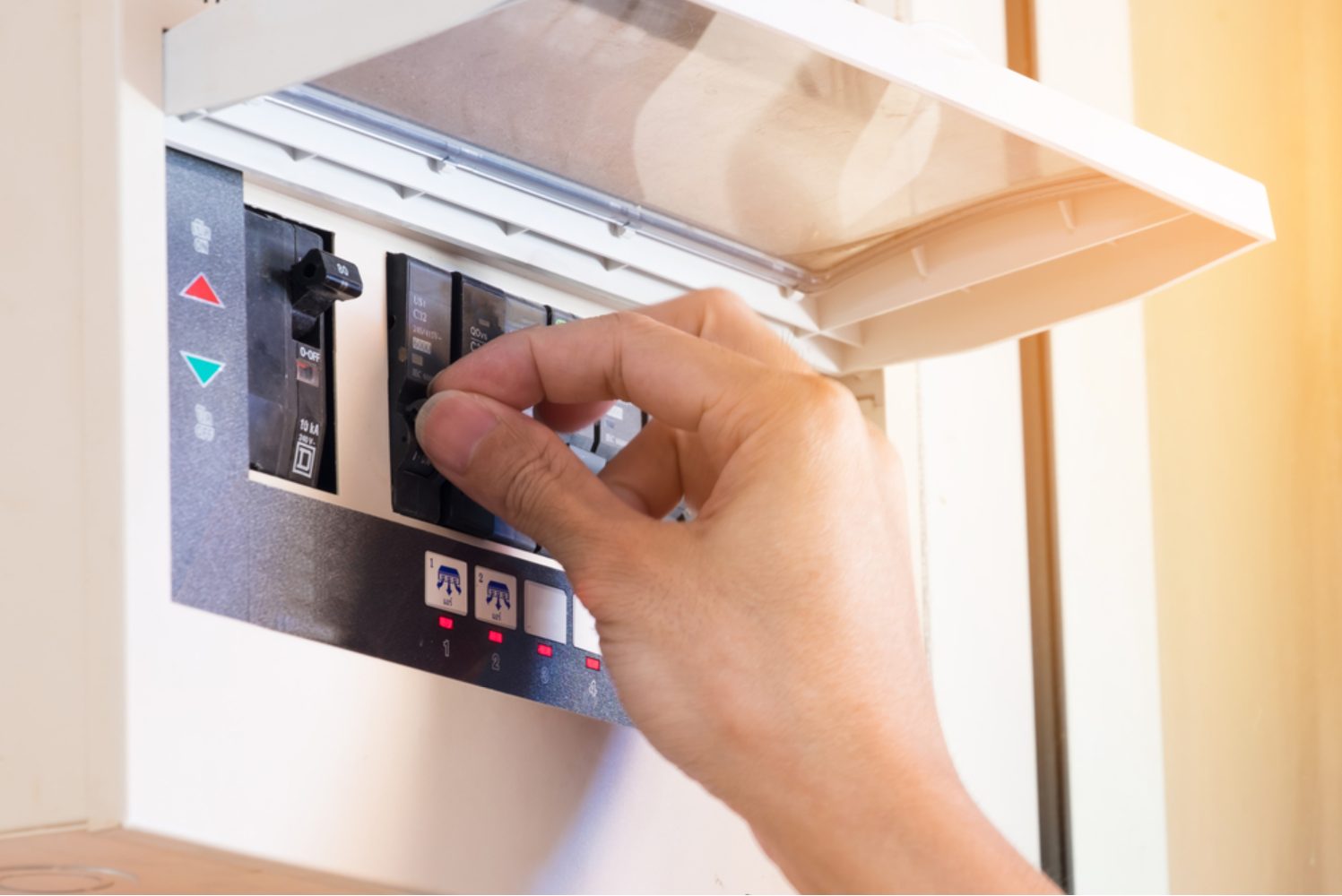
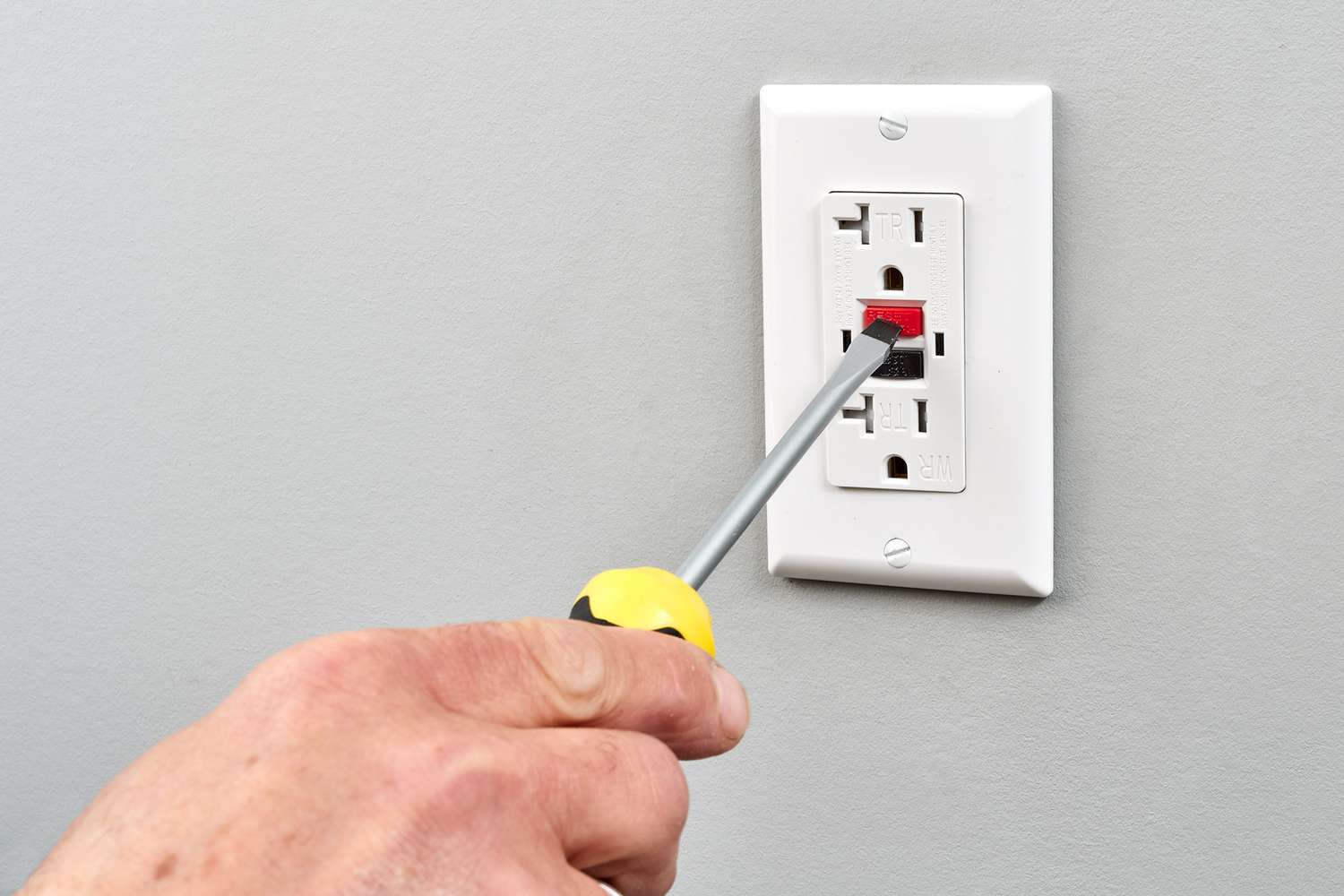
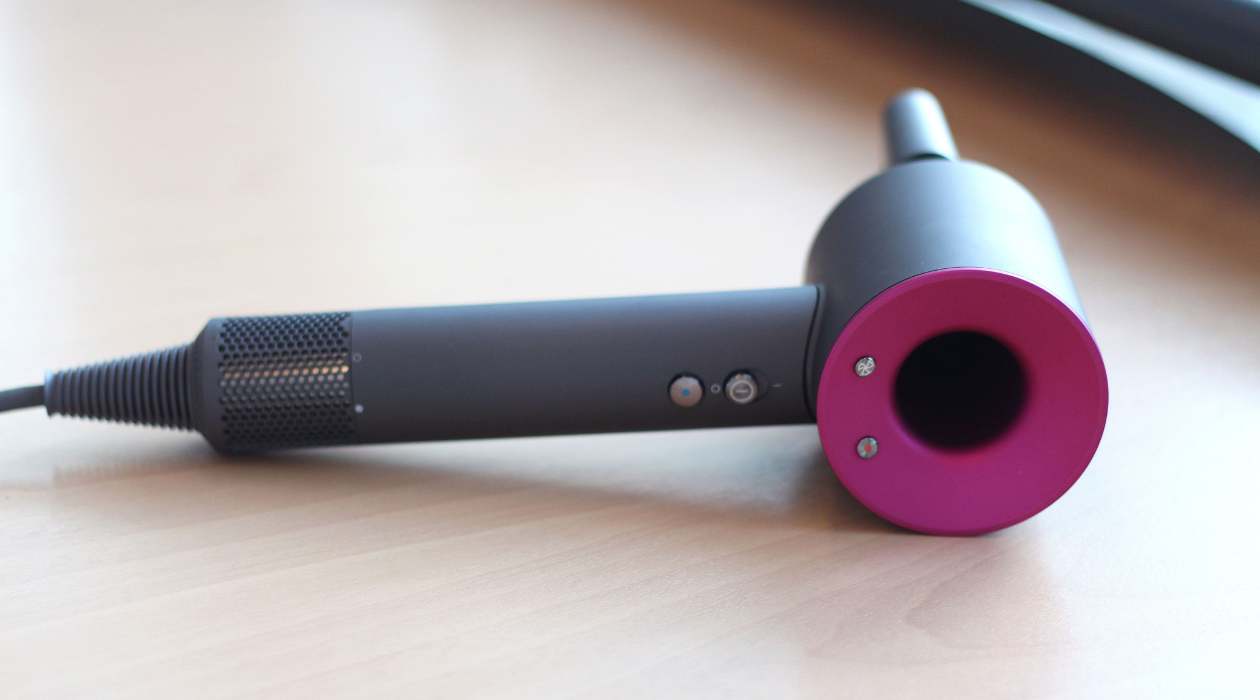
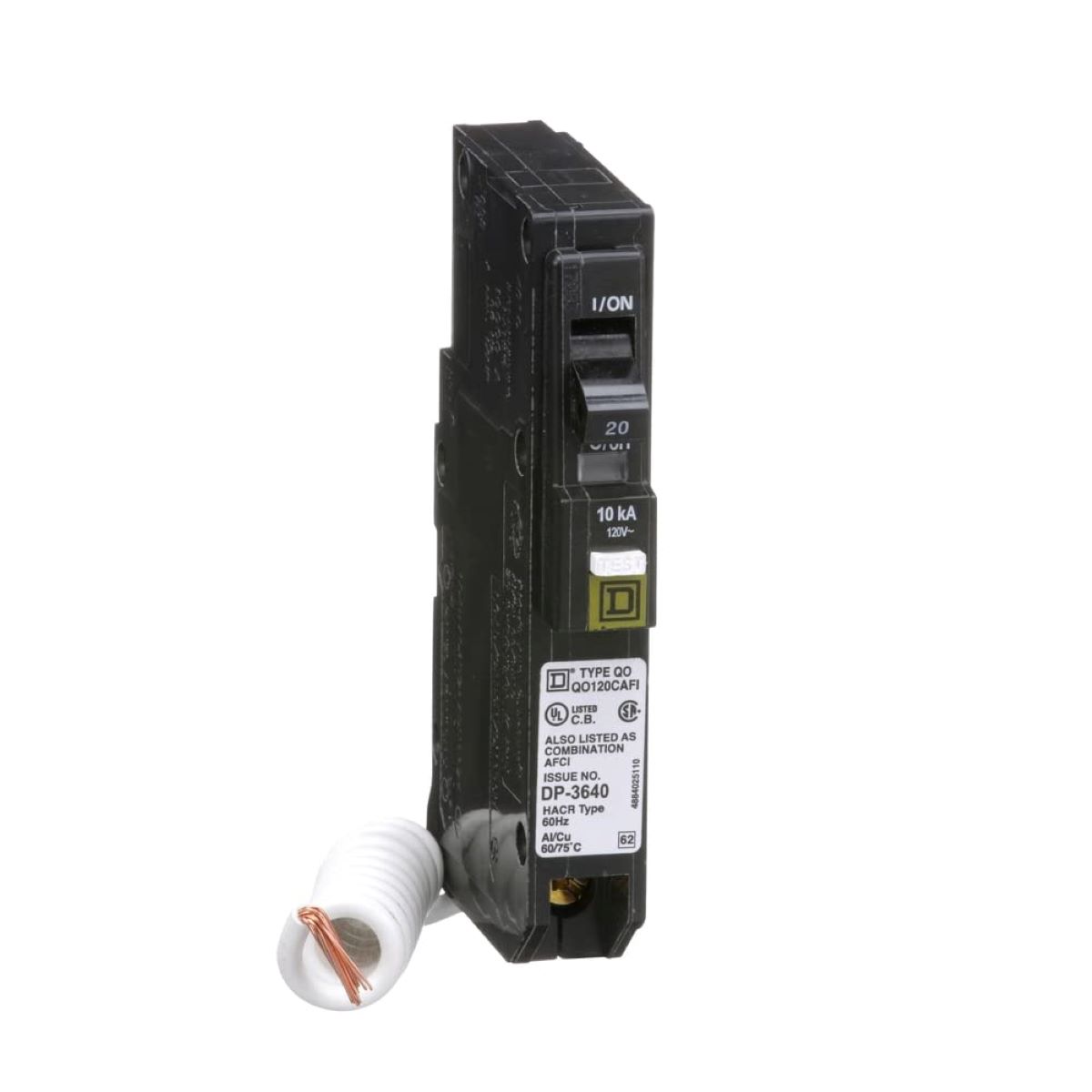
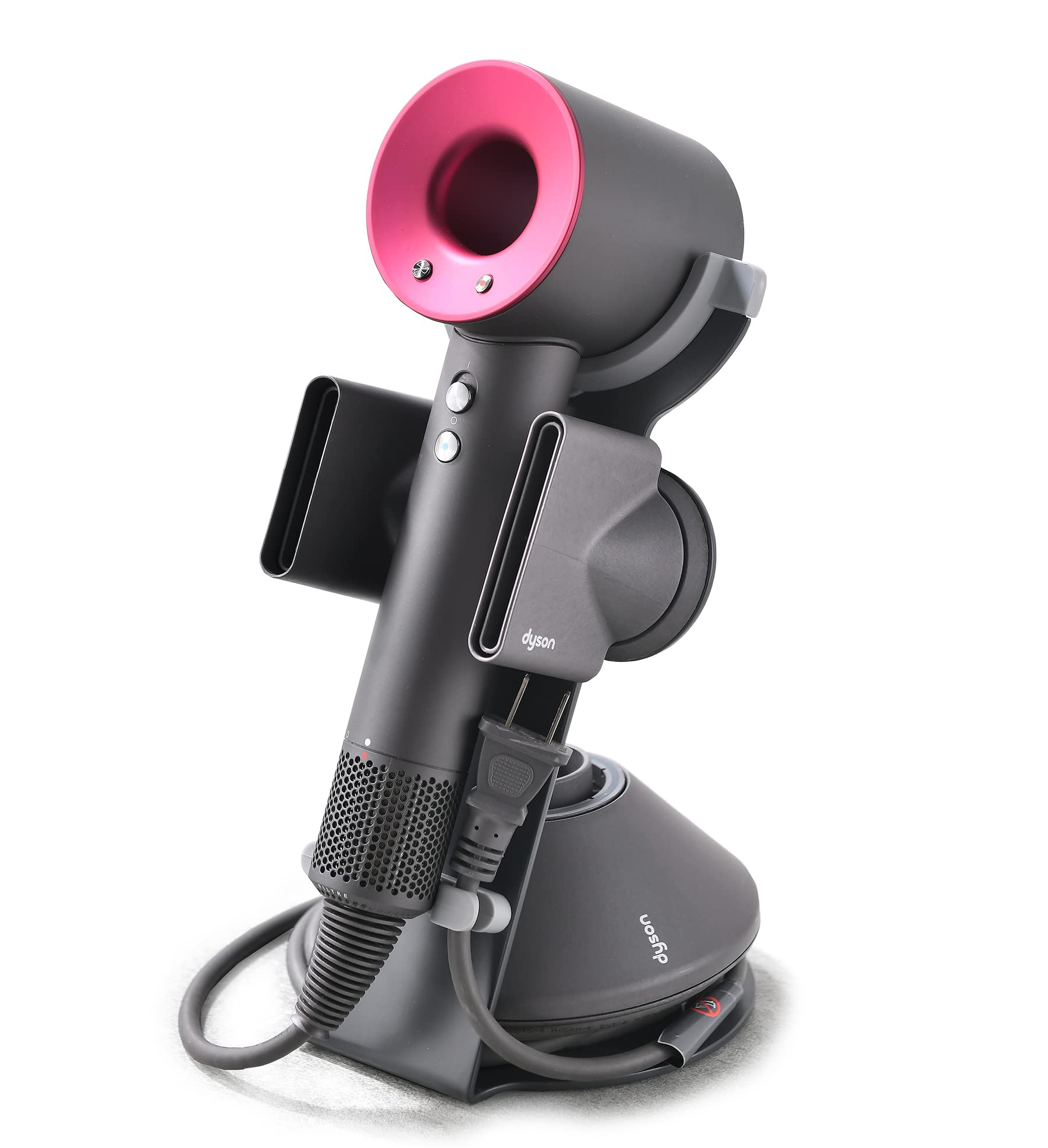
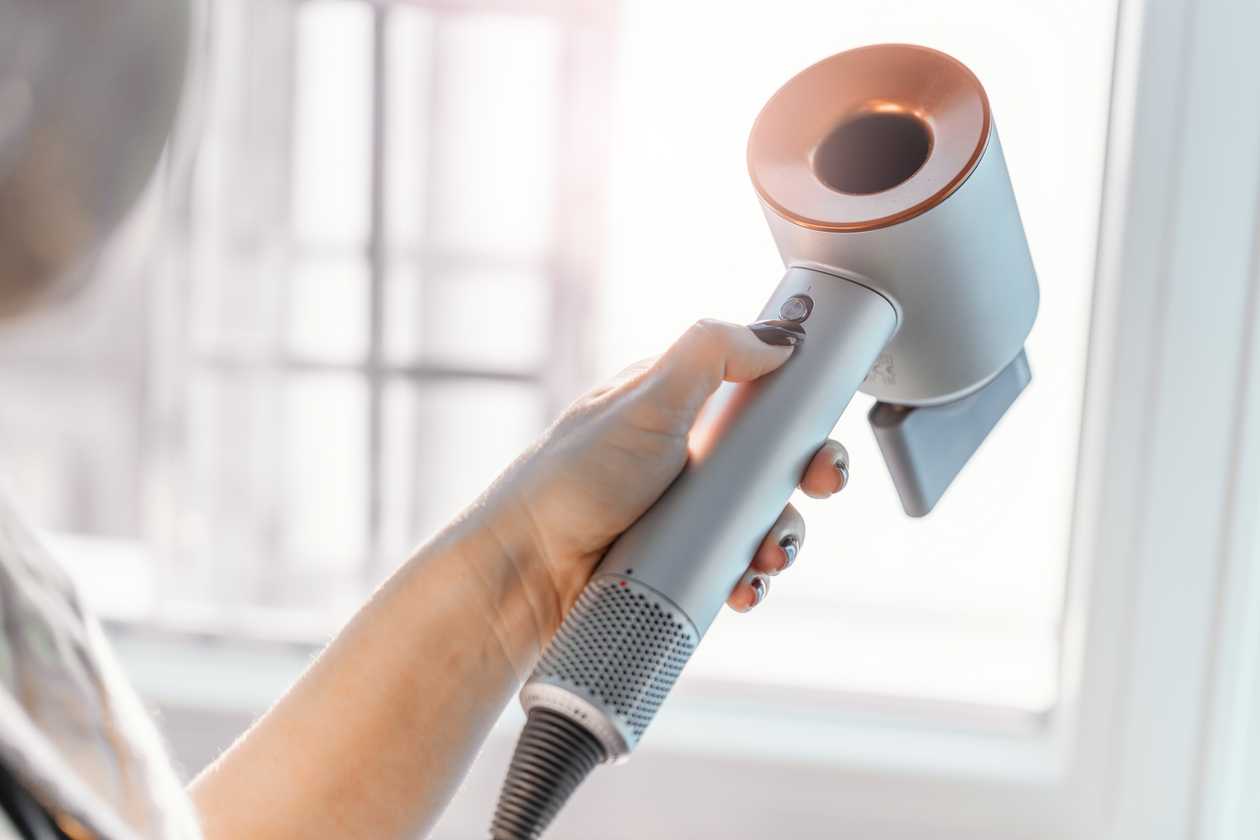

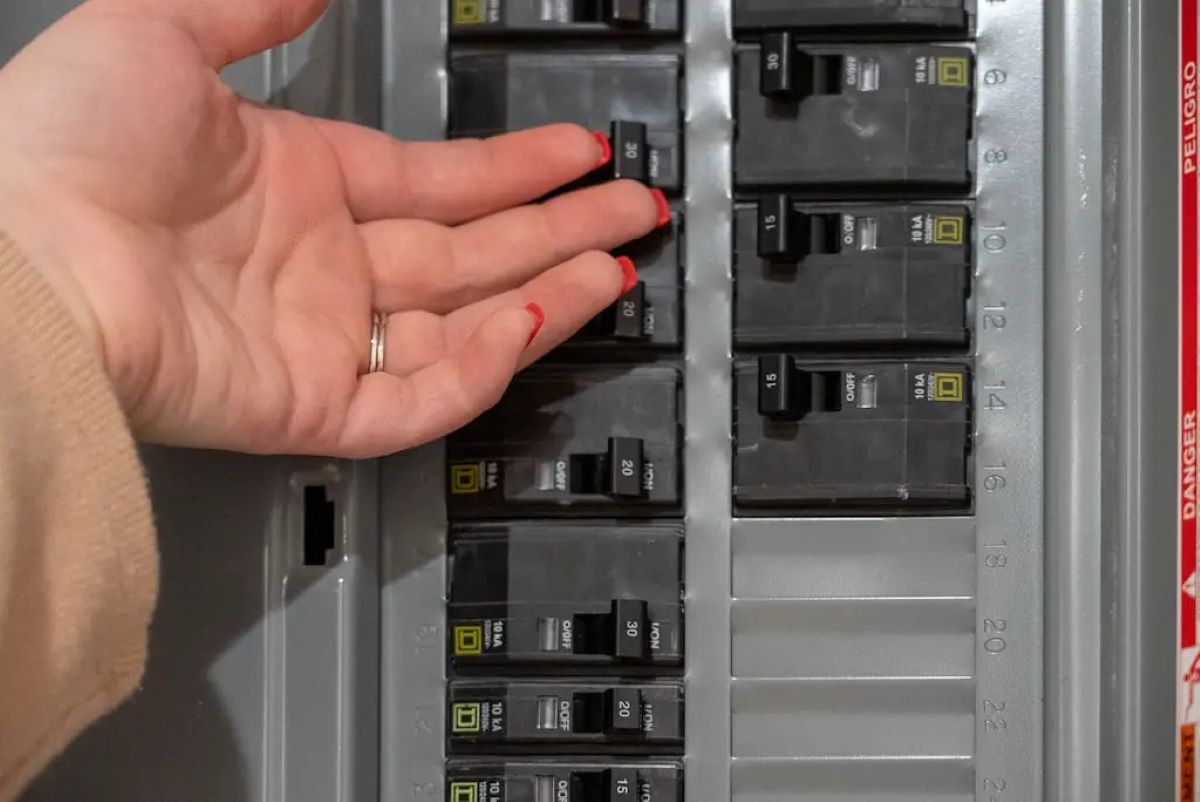
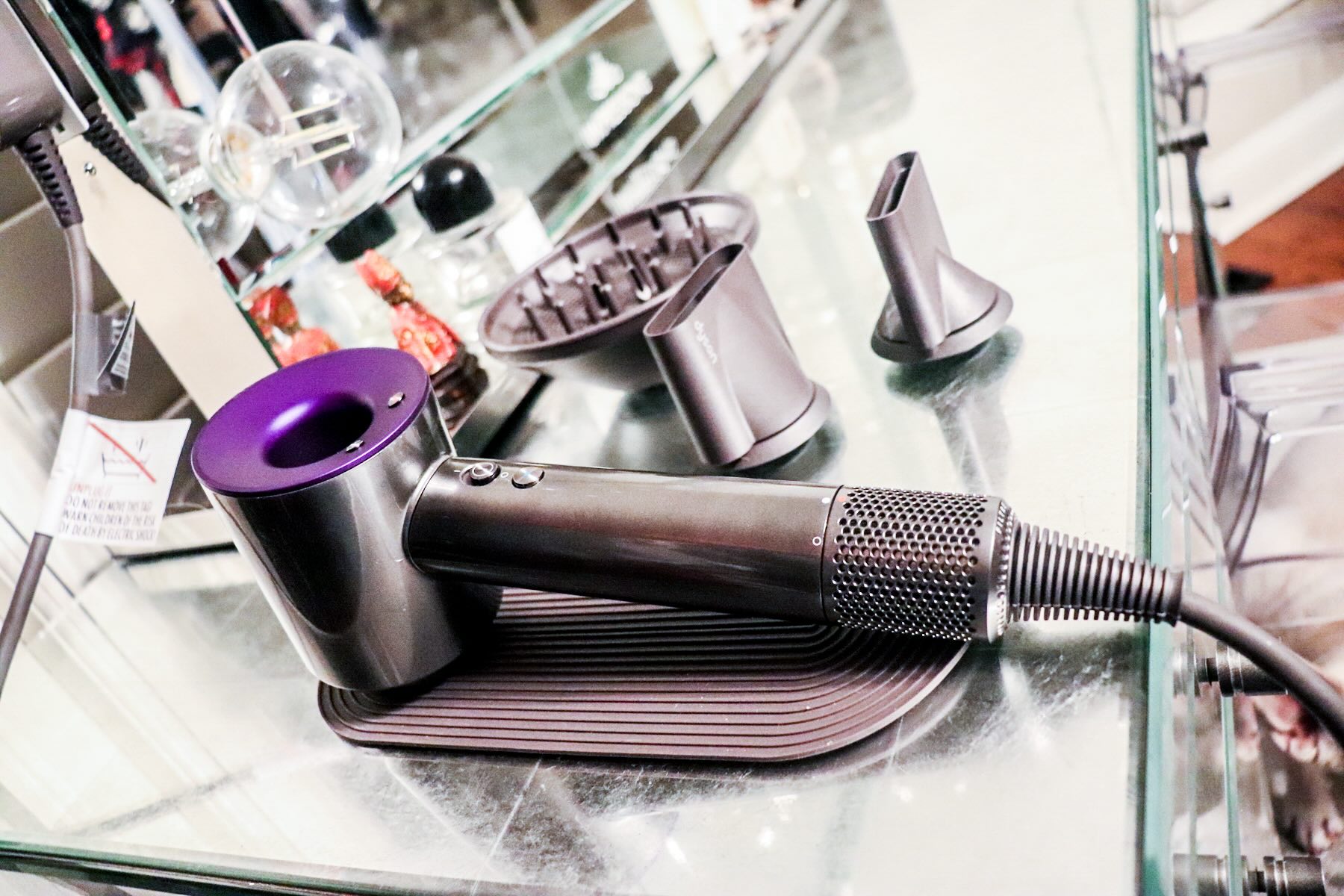
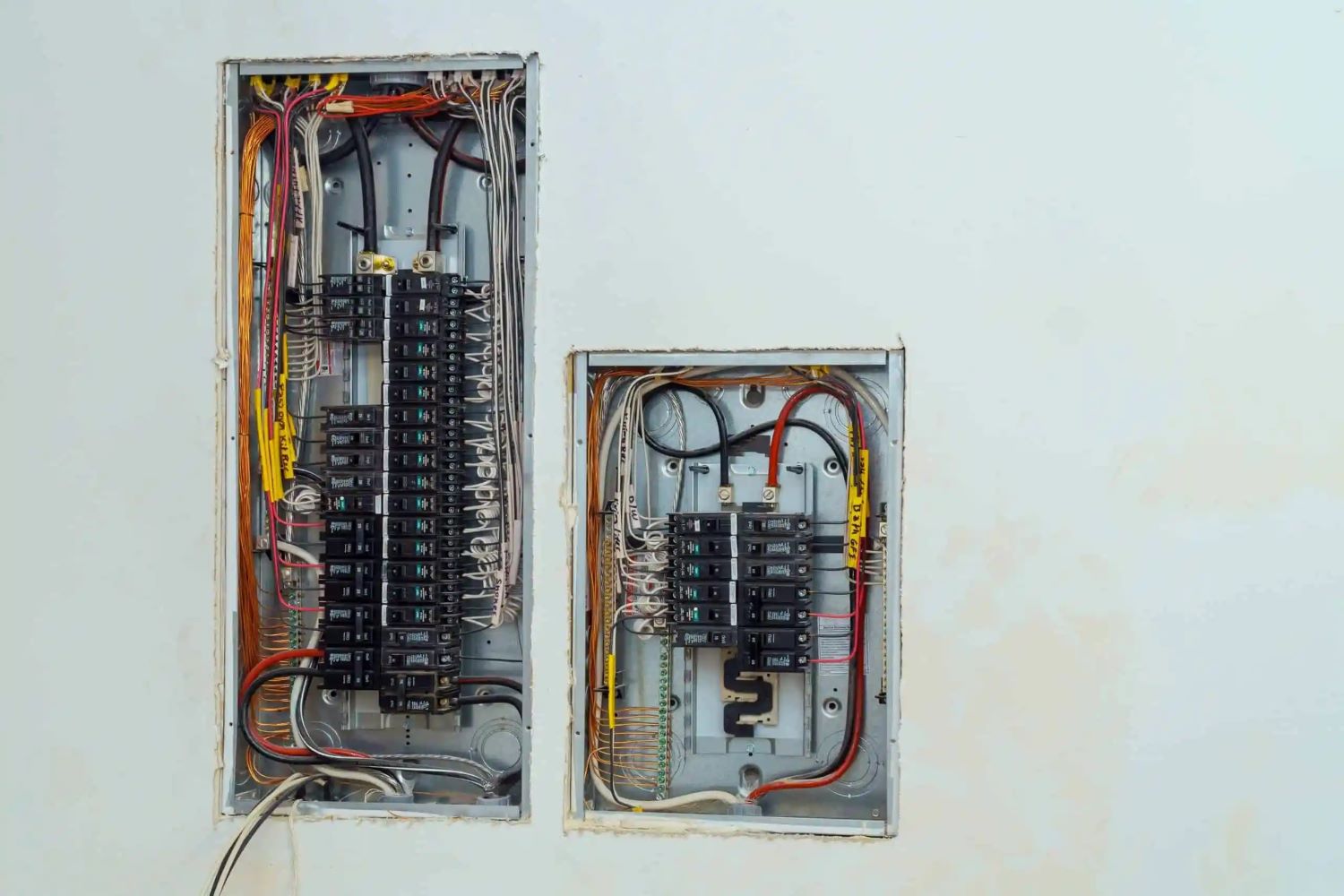
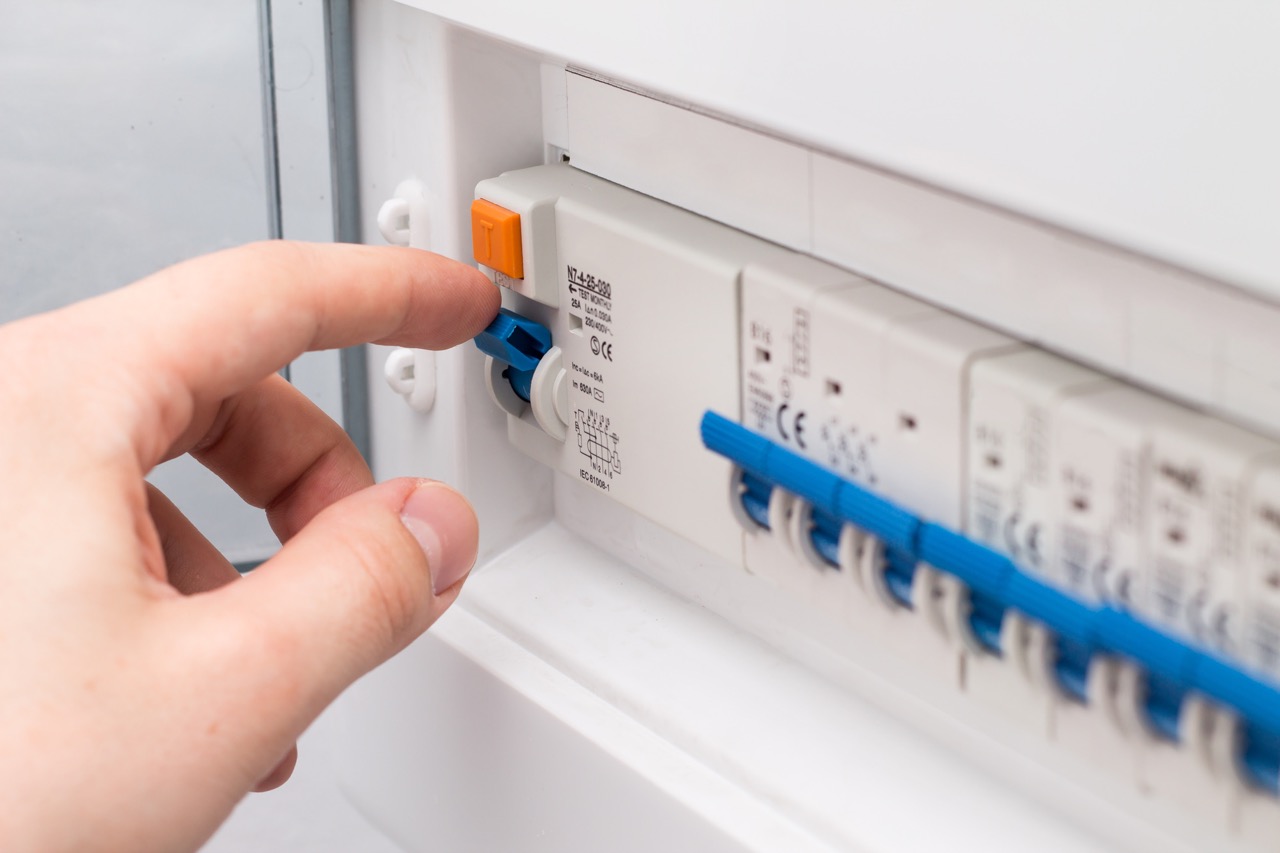

0 thoughts on “Why Does My Hair Dryer Keep Tripping The Breaker”